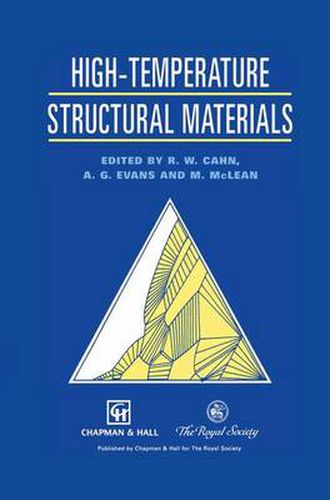Readings Newsletter
Become a Readings Member to make your shopping experience even easier.
Sign in or sign up for free!
You’re not far away from qualifying for FREE standard shipping within Australia
You’ve qualified for FREE standard shipping within Australia
The cart is loading…






This title is printed to order. This book may have been self-published. If so, we cannot guarantee the quality of the content. In the main most books will have gone through the editing process however some may not. We therefore suggest that you be aware of this before ordering this book. If in doubt check either the author or publisher’s details as we are unable to accept any returns unless they are faulty. Please contact us if you have any questions.
Pork continues to occupy an important position as a food source in affluent societies as well as in developing countries with slower economic growth. The growth of the world swine population continues at a faster rate than that of the human population, a reflection of the sustained demand for pork in all parts of the world. The technical basis for commercial production of swine was presented in our two earlier textbooks-Swine Production in Temperate and Tropical Environ ments, by Pond and Maner, 1974, and Swine Production and Nutrition, by Pond and Maner, 1984. In view of rapidly advancing technology and an appreciation for the systems approach in industry and agriculture, this third book has been restructured to provide the student and practitioner with an integrated concept of pork production. We have attempted to blend the fundamental principles from genetics, physiology, nutrition, and biotechnology into the modern concepts of systems analysis and simulation modeling. The objective is to create a teaching approach which empha sizes the integrated synthesis of biological with physical and environmental sci ences and economics. This approach is expected to provide an overall pork pro duction systems view that individual producers can adapt to their specific resources, needs, and goals. Our new co-author, Dr. Dewey Harris, has used his expertise and perspective on interacting systems to change the complexion of the book to fulfill this objective. In addition, Dr.
$9.00 standard shipping within Australia
FREE standard shipping within Australia for orders over $100.00
Express & International shipping calculated at checkout
This title is printed to order. This book may have been self-published. If so, we cannot guarantee the quality of the content. In the main most books will have gone through the editing process however some may not. We therefore suggest that you be aware of this before ordering this book. If in doubt check either the author or publisher’s details as we are unable to accept any returns unless they are faulty. Please contact us if you have any questions.
Pork continues to occupy an important position as a food source in affluent societies as well as in developing countries with slower economic growth. The growth of the world swine population continues at a faster rate than that of the human population, a reflection of the sustained demand for pork in all parts of the world. The technical basis for commercial production of swine was presented in our two earlier textbooks-Swine Production in Temperate and Tropical Environ ments, by Pond and Maner, 1974, and Swine Production and Nutrition, by Pond and Maner, 1984. In view of rapidly advancing technology and an appreciation for the systems approach in industry and agriculture, this third book has been restructured to provide the student and practitioner with an integrated concept of pork production. We have attempted to blend the fundamental principles from genetics, physiology, nutrition, and biotechnology into the modern concepts of systems analysis and simulation modeling. The objective is to create a teaching approach which empha sizes the integrated synthesis of biological with physical and environmental sci ences and economics. This approach is expected to provide an overall pork pro duction systems view that individual producers can adapt to their specific resources, needs, and goals. Our new co-author, Dr. Dewey Harris, has used his expertise and perspective on interacting systems to change the complexion of the book to fulfill this objective. In addition, Dr.